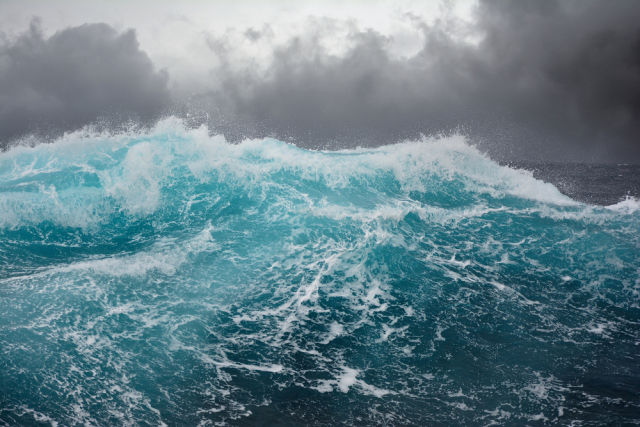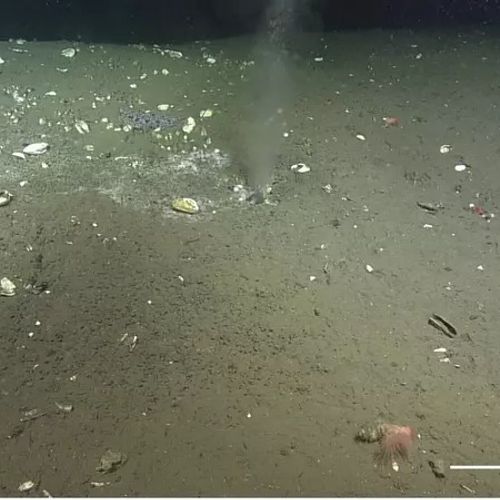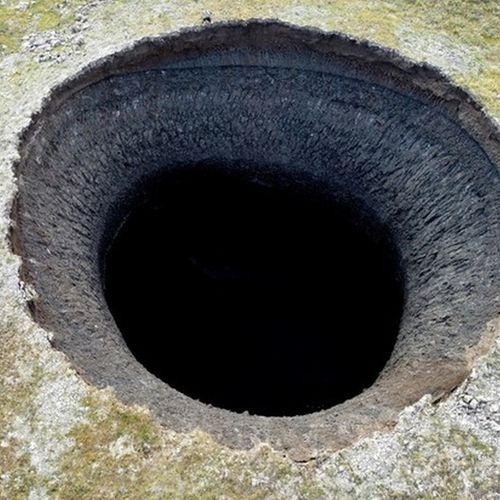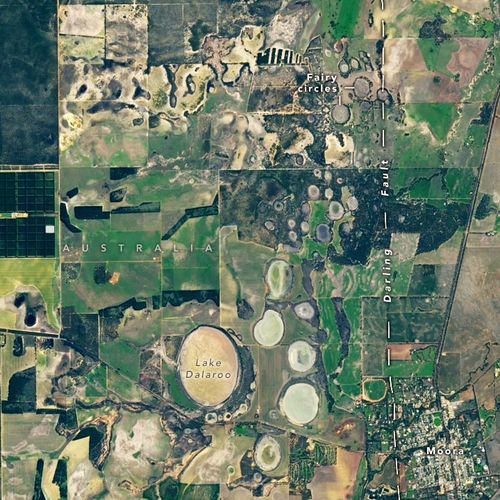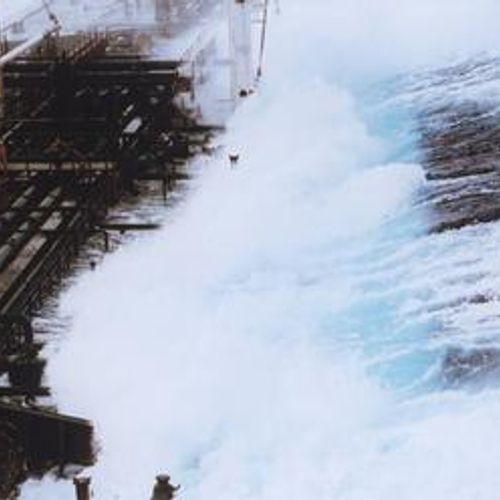
| Added | Mon, 13/11/2023 |
| Источники | |
| Дата публикации | Sun, 12/11/2023
|
| Версии |
Academician of the Russian Academy of Sciences V. Egorov said in an interview with RIA Novosti that the sea can really burn, and this happens quite often. The methane reserves at the bottom are to blame for this.
The gas from time to time penetrates into the bottom sediments, water, and then moves to the surface. This phenomenon is called "cold sips" — natural deep gas outlets. Sometimes they get such incredible sizes that they light up during thunderstorms or powerful earthquakes.
Cold barnacles are still poorly studied, but experts have found that they can pose a danger to navigation. Perhaps they were one of the reasons for the disappearance of ships in the Bermuda Triangle. The output of 35 liters of methane would be enough for the ship to sink.
There are so many reserves in the world's oceans that they would be enough for the whole of humanity for 6 thousand years, but technology does not yet allow such methane to be extracted on an industrial scale.
Новости со схожими версиями
Log in or register to post comments
